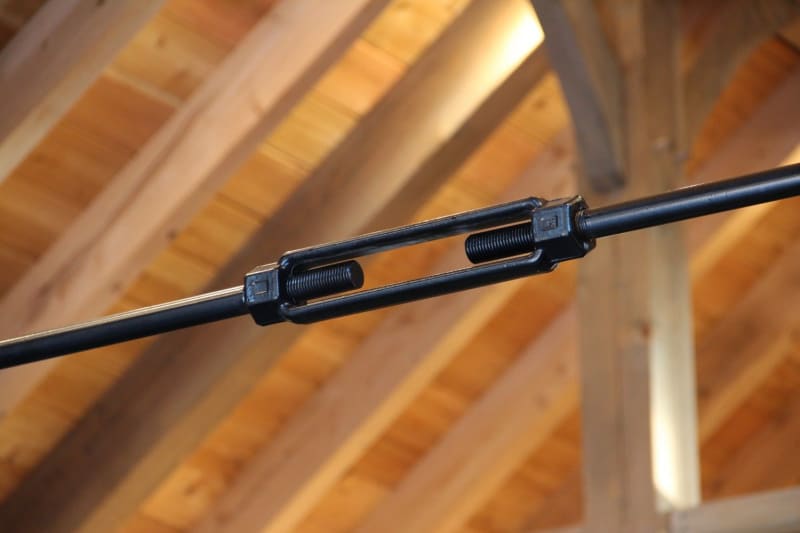jandlo
Structural
- Feb 28, 2006
- 31
I had a client come to me for structural analysis for hoop houses he's been building for nearly a decade with no problems. He will be using them in a situation where it will no longer be considered a temporary structure. Because of this the jurisdiction is requiring calcs showing it meets the governing building codes for permanent structures.
When running the numbers, the steel frame is over-stressed in some places on the order of 7x. I don't have experience with this structure type. Am I missing something? I'm using RISA3D. I have tried modelling the entire structure and a single frame, and still not coming close.
It's roughly 30'x80' and is built using 13-16 GA, 1.315" - 1.66" OD 50ksi pipe. The image below is the typical frame at 4' oc. They are mainly built in Michigan.

All suggestions are appreciated.
When running the numbers, the steel frame is over-stressed in some places on the order of 7x. I don't have experience with this structure type. Am I missing something? I'm using RISA3D. I have tried modelling the entire structure and a single frame, and still not coming close.
It's roughly 30'x80' and is built using 13-16 GA, 1.315" - 1.66" OD 50ksi pipe. The image below is the typical frame at 4' oc. They are mainly built in Michigan.

All suggestions are appreciated.

